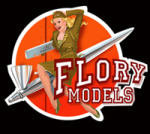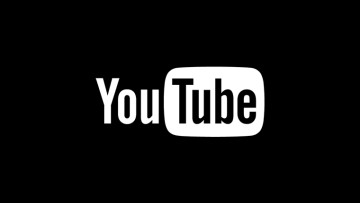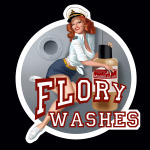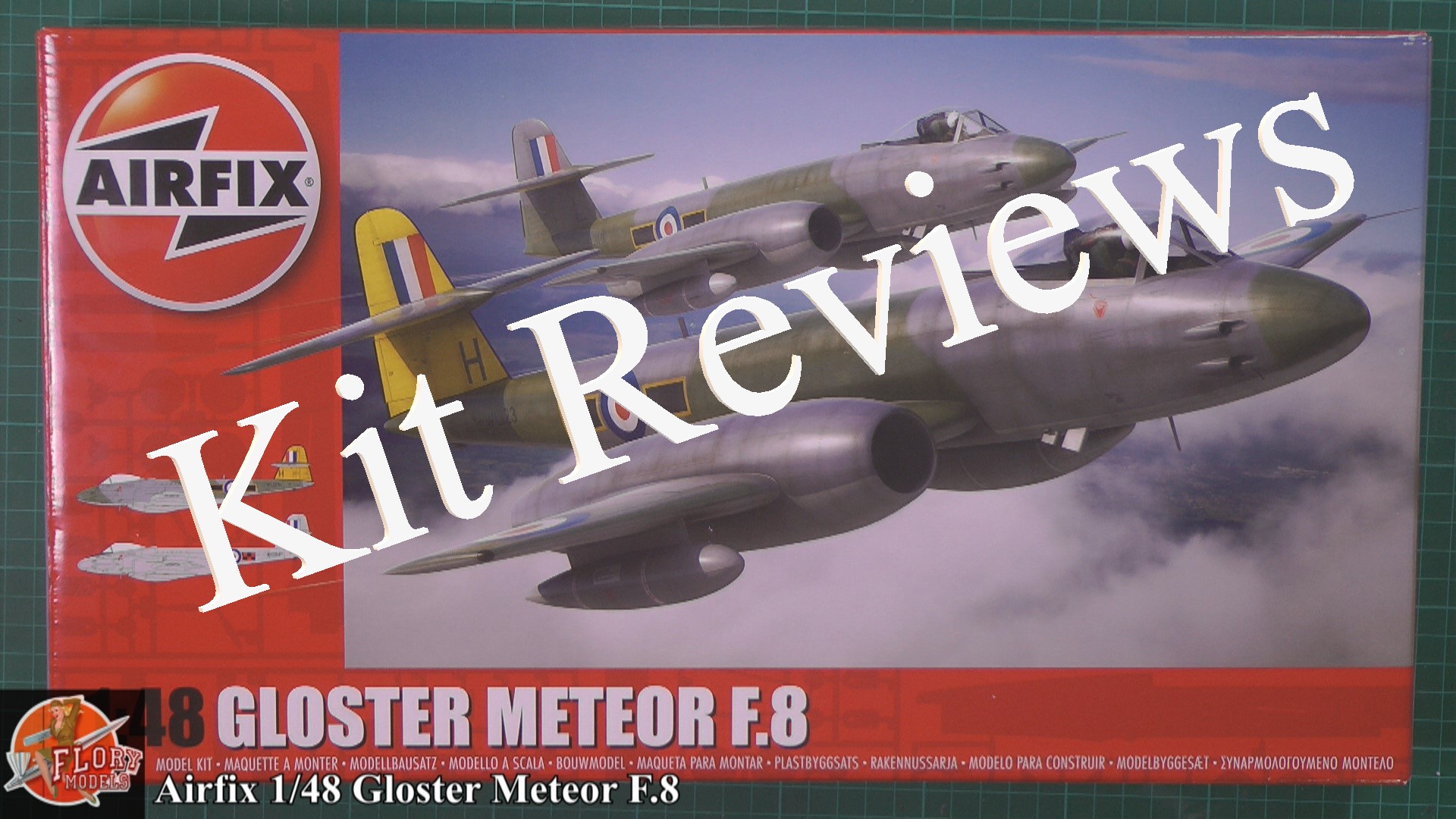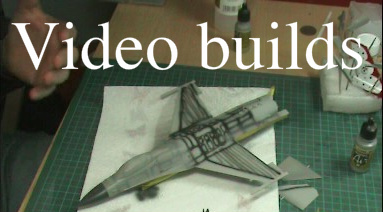Build by Ross Armstrong.
This build is the Hobby Boss 1/48 F-18A Hornet. I've got a bit more done, but the exterior photo etch is really slowing me down (not that I'm in a hurry). Try to finish up some of the smaller details now. Amazingly the clear sprue pieces include numerous pieces, but none are for the kit. The instructions don't call for them nor do they fit where needed.
I am building this kit for a friend who flew them with VFA-113 in the early 1980s. It is a gift so I am having to do my research in secret. Hopefully I can get a photo of the exact jet with his name and tail number to use as a reference. If I can't, I will just use the CAG bird markings.
I am including the following aftermarket parts:
Aires F-18A cockpit
Eduard "Big ED" set which includes
- Self adhesive color photo etch
- Exterior photo etch
- Weapons photo etch
- Precut Mask
Superscale Decals - F-18C F-18D Hornet VFA-113 CAG
MAW Decals - Legacy F-18A-D Hornet Stencils
The toughest part of the build for me will be integrating the different parts into the build such that I don't leave something out. Luckily all the Aires parts are limited to cockpit. The Eduard set does not attempt to integrate into the build instructions so I have gone through the kit's instructions to make notes. Hopefully I won't accidentally forget something that can not be added later.
After inspecting both the Aires and Eduard photo etch parts which are common for the cockpit and canopy areas, I will be using mostly the Aires PE parts which seem to be a bit more detailed that the Eduard parts. On the instrument panel, I will try to integrate some of the color photo etch as well.





Here's the Big Ed kit broken out into its different parts.
Here's the parts of the Aires set.
This kit will definitely push my skill limits with all the aftermarket parts involved. It is also my first Hobby Boss kit and my first F-18. Hopefully it will be a worthy replica of the real thing for the person who flew it.
First step was to wash all the plastic sprues and resin parts.
Next step was to sand the seams on both the front and rear canopy pieces. Despite Phil's warnings, I applied too much pressure when trying to put blu tak inside the rear canopy and promptly cracked it. Despite trying toglue the end with Gator glue and dipping it in Future, the crack was still visible. Luckily Tom's (aka Takamota) thread told how he was able to get areplacement part from Hobby Boss. So I did the same and it is already in the mail. I have included the US contact information in this post in the same thread. (Thanks Tom)
What a great way to start a build.
Nextwas to start with the cockpit tub and ejection seat.
The color seat belts on the Eduard set were not the right style or color based on the photos it was referencing at aircraftresourcecenter. The Aires kit used a total of 14 PE parts to make up the seat belts alone!

Next was to paint up the resin and cut out some of the color photo etch to use on the instrument panel. I was able to just peel off the color displays like a decal from the Eduard set and used Future to hold it in and give a bit of shine to mimic a glass display.
I am not sure I like having an actual screen display since models are generally displayed in a static "power off" setting. My other choice is to fill the displays with Tamiya X-25 clear green to mimic the screen in the blank off mode.
Next was the painting of the cockpit tub.I am letting the paint dry thoroughly before appling the Promodeller's light wash.

Used Gator glue to attach the photo etch canopy rails to the base.
Initial testing shows itis going to take a lot of sanding and dry fitting to get the cockpit to sit in the fuselage right.
Quite a few of the pieces need to be recessed so carving out the plastic to fit the PE is quite difficult for me.
The nose needed it done for the formation lights.

And the fuselage needed some oblong holes changed into round holes for cooling vents. The round vents did match the reference photos so I can't really complain (too much anyway!).


Hopefully the fit will look good when its primed.
After final adjustment to the cockpit placement, I got the rear deck glued into place.The PE "mesh" over the equipment bay adds the realistic look, but covers up the details inside. I guess one advantage to recording a build with photos is the ability to go back and look at all the things that get covered up or hidden as the model gets assembled.
The next step was to glue the forward nose into place. Took quite a bit of sanding and fitting to minimize the gaps. Definitely worth the time and effort.Because of the amountand fineintricate panel detail,itwould have been impossible (at least for me) to rescribe what was removed by sanding. Although the gap isminimized, there is still a height (or thickness) difference between to two pieces. I am hoping I can live with difference because I don't want to sand it completely flush and lose all the detail.

Completed the painting and drybrushingof the canopy rail.
More examples of the high quality and accuracy of the Eduard PE set. The vent area at the rear of the wing requires cutting off the styrene section of the part (the "before" part is laying on top of the "after" part in the photo below) and replacing with the PE. Not hard to do and really changes the look of that area of the fuselage.
Here's the part glued into place.
Here's the reference photo I saw that showed me that the Eduard folks know what they are doing.
The inlets are a single piece so no seams around the inside to worry about but the fit into the rest of the kit will take some filling and sanding.
The PE part for the ladder storage bay is a nice touch also as there is no detail or part included with kit itself.
Well, today was mostly searching the fuselage for areas that need additional filling and sanding as well as attaching more external PE bits.
I did get the gear built. Even without the extra PE parts, these are the most detailed gear I have built to date (that's only about 6 plane)
There were about 4-5 struts and braces for each gear!
Attached the PE wiring with Gator glue. I attached it at the major hold points, let it dry about an hour and then came back and bent the wiring where I wanted it to go. The Gator holds tight but still allows flexibility and doesn't pop off like CA.


I went ahead and sprayedboth thegear and the wheel wells with Vallejo Model Air white and gave them a coat of future to make them both shiny and ready for weathering.
Another day spent affixing more PE to the fuselage! (I think my next build will be just a plain OOB one!)
The gear parts are now decaledwith MAW stencils and were weathered with a black ink pinwash.

The last bit of work for the day was to paint up the engines. I used Mr. Color Radome Tan for the interior, weathered the can portion with Vallejo Black and Burnt Umber (thanks for the tips Rhinolover!). I sprayed the turbine section and the petal exterior with Alclad duraluminum. The petal interior are PE parts painted withRadome Tanand weathered with the Promodeller's black wash.

I have been able to fill the injector marks on the gear doors and affix the PE hinges.
Next were the external fuel tanks, hard points and tactical pods. I'm still trying to decide what weapons load to use. If anyone out there flew Hornets in the mid - 80's, I would love to hear what a standard training load may have been.
The Big Ed kit i used had a masking kit, but when I opened it, it had the wrong masking sheet inside. I called Sprue Brothers and they quickly sent out another one. But I thought I would be ready for paint before I got it so I went ahead and masked with Tamiya tape and Parafilm.
Since I had the PE canopy rails already attached, the kit part would not fit in the down position so I could not put it in place for painting. I used my cracked canopy to cover as much as it could and masked the rest.
Turns out Sprue Brothers and the post office were quicker than I was, as the replacement arrived yesterday. So I thought I would go ahead and try it out and post some pictures and compare the value of the precut masks.
As you can see the Eduard mask only covers the edges and not the whole canopy. It also came with wheel mask which I wasn't expecting. I had already painted the hubs white so I decideg to use the hub mask and try it out spraying thetires instead of my normal routine of hand painting.
Here are a couple of close ups showing how well the mask fit.

Since I couldn't spray the tires while attached to the sprue, I though I would try the hub mask on one side and the tire mask on the other. However, it turns out that the diameters on the outside and inside of the kit wheel are not identical! So I sprayed the tires and the inside hub with the Vallejo Panzer Aces Dark Rubber and hand paintrd the inside hub white afterwards.
I like how well the mask worked and how much better the tires looked sprayed rather than hand brushed. I may try to see if the local craft shop has a nice little circle cutter so I can cut my own wheel mask on future kits.
I want to have the flaps nearly fully extended so I needed to cut the hinges.

Next step was priming with Mr. Surfacer 1200 spray. This stuff goes on so easy and leaves a silky smooth finish. It also does agreat job of highlighting any flaws that need attention.
Time for preshading. I went ahead and used black to helpmake sure it still showed through the color coat.
For the color coat I am using the Mr. Color solvent based paints as the aqeuous versions are difficult to get here in the States. I am having a hard time finding the right thinner/pressure ratio. Using the .2 needle in the Evo, with a 50/50 mix and 25 psi, it was still squealing with difficultly. So I added a bit more thinners and it was still squealing and having a hard time spraying but now "dry threads" were forming! I tried lowering the air pressure, moving closer to the model but I was still getting the threads. They weren't sticking to the model or really affecting the finish so I continued.
Any suggestions would be greatly appreciated as I still couldn't get it figured out throughout spraying both colors.
As for the colors, the bottom was 307 (FS36375) and the top was 308 (FS36320) I post shaded each by adding 316 White and then a light overspray with the original color.I haven't sprayed the nose cone yet but will be using 318 Radome.




Like in an earlier update, I needed to come with something for the fuselage navigation lights and the the beacons on each of the vertical stabs.
The fuselage has recesses for the lights but no lenses. So i will simply fill the recess with the Tamiya clear red and green (maybe this was HBs plan all along). The picture below is my first layer of the red. I will finish these lights after the final wash and dull coat are applied.
The clear parts sprue had an oval shaped lense so, based on the photo below (which happens to be an F-18C model):
I simply cut the lense in half, sanded it down a bit, and affixed it Gator glue.
I will put the final coat of Tamiya X27 clear red on after the wash and matte finish are applied.
With the high quality and accuracy of the rest of the kit, I am surprised at the lack of clear parts.
Finally able to start getting the decals on. The MAW Decals - Legacy F-18A-D Hornet Stencils are excellent quality and highly accurate. I have been trying to use the walkaround photos at the aircraftresourcecenter to verify use and placement.
Luckily, the guywho is receiving this as a gift just hung up a big photo in his office of one of his Squadrons Hornets in flight. So now I can sneak in and check references.
The bad news is is that the Superscale Decals - F-18C F-18D Hornet VFA-113 CAG sheet I bought is pretty much useless for this build. His squadron's markings were of the Lo Vis variety. So I have been spending too much time trying to create my own on the computer.
The aircraft number and pilot name were printed on transparent laser decal paper. Black is easy to do and comes out nice.
The VFA-113 on the spine is easy to match the font on. And I was able to use the Ultimate Model Paint conversion Chart to convert the FS color of the markings to the RGB numbers to use in the software to match the color. Even using the fine (2400dpi)quality settings on the laser printer, you can see that the graphic is made up of color dots and not smooth like the professional printers can do. (I just realized that I did not take a close up of this - I will try to remember to do that and either edit this post or post it in an update.)
The aircraft number and ship name were easy to do as well. It is the tail graphic and ship letters that are hard for me. (I do NOT have the graphic artist skills that some of you have) I hope to have them finished today and will post pictures in the next update.
Was also able to finish weathering some of the smaller bits and used the Mr. Super Clear Flat spray can for the first time. Easy to use, smells bad, pricey, but comes out nice. Not sure if it is any better than the Testors Flat.

I just need to finalize the weapons load so I get those pieces built.
Well, I was able to finish creatingthe tail squadron graphic and letters on the computer today.
I thought I had done a good job until after I put the first graphic on and went to put on the second when I realized I needed to have made one a mirror image.
Luckily, the GIMP software recommended by Luis in his photo editing threadhad an easy flip image tool.
After the setting solution had dried,I brushed a thin coat of Future on to seal them in.
I then coated the entire model with Promodeller's Dark Dirt wash which has aperfect grey color to it for this paint job!
Finally have started the final assembly!
I wanted the flaps and ailerons drooped to near full extension as nearly all the reference photos depict. It took a lot more sanding and fitting of the hinge points than I expect.
Also glued in the landing gear and doors. She's almost ready to stand on her own.



Boy, zooming in really does highlight the flaws. I think I ought to use these close up shots during the building process to help see the areas that need more work!
I wanted to let the gear dry completely before I put the tires on and let her stand on her own. So it was on the weapons. I going to load her up and show off what she can carry. I have the weapons painted, coated with Future, decals affixed, and a sealing coat of Future applied.
In addition to the weapons below, there will also be a centerline fuel tank installed.






Next will beto apply a wash and some weathering,and hang the weapons.
Beloware pictures of the completed kit.






Overall, I was quite impressed with the Hobby Boss kit. The detail and quality of the parts was top notch. This was my first build of one of their kits and I certainly won't hesitate to pick up another.
Thanks for watching
Ross.
